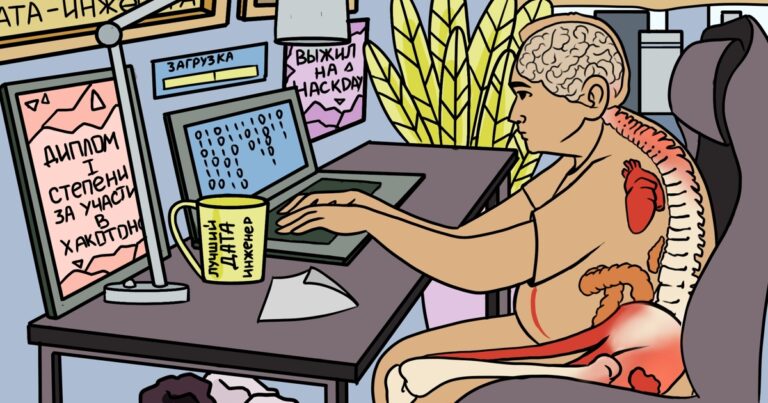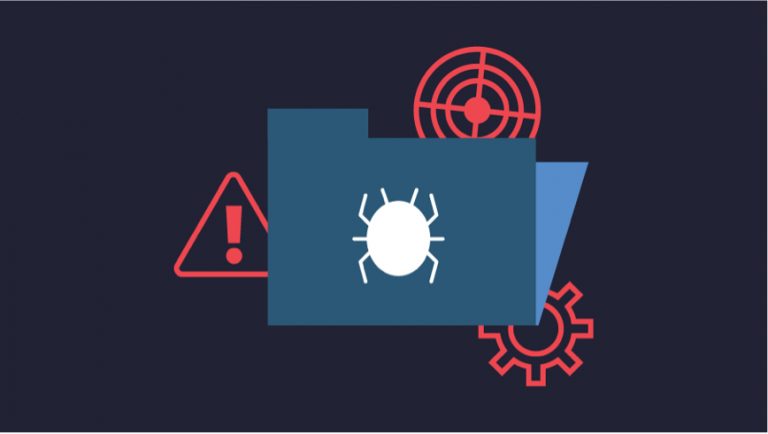from space to ML integration

The history of digital twins (DT) dates back to the 1960s, with the advent of CAD and CAE computer-aided design systems, which, as they developed, gradually formed the principles of automated development of virtual copies of physical objects. Such systems have become an important component of the pipeline associated with the construction of digital twins. For example, they are now used in the design of buildings, premises, and even entire cities.
Today we will talk about the development of digital twins: how the concept described in the popular science book “Mirror Worlds“, is reflected in the real world. We will also consider several cases – how the combination “digital twin + machine learning“.
First experiments and digital copies of spacecraft

In the 1970s, the first prototypes of modern digital twins appeared in the aerospace industry. The possibilities of such systems were widely discussed after an accident during the Apollo 13 mission. The concentration of carbon dioxide on board the spacecraft increased. To save the crew, engineers from Houston developed a design for an air purification system that astronauts could assemble from the materials available on board.
At that moment, tragedy was avoided, and the incident gave impetus to the development of the first “digital twins” (although the official term arose much later). NASA engineers supplemented the physical model of the spacecraft with digital components. This approach allowed them to analyze the events preceding the incident on board in real time and to work out emergency scenarios in the future.
Concept in Literature

In 1991, David Gelernter, a computer scientist and professor at Yale University, published a popular science book called Mirror Worlds, in which he described digital twins. Gelernter didn’t use the term “digital twin,” but his ideas were almost indistinguishable from the technology as we understand it today.
The book “Mirror Worlds” describes a concept that refers to computer models that are virtual copies of objects from the real world. These models reflect various aspects of the surrounding reality, and with their help it is possible not only to track changes in various areas of society – from the aerospace industry to everyday life – but also to predict the future.
David Gelernter expected that his predictions regarding such capabilities of systems would come true soon after the book was published. And they were destined to come true, although not as soon as the author hoped.
The Birth of the Term “Digital Twin”
Eleven years after the book was published, Davie Gelernter’s concept finally has a name. The term “digital twin” was coined in the early 2000s by Michael Greaves, a professor at the University of Michigan. He used it when looking for ways to increase the efficiency of manufacturing plants and proposed building a network of sensors and cameras to continuously collect information and build a computer copy of the plant. Such a system would allow innovations to be tested on virtual production lines, find the causes of malfunctions, and predict failures.
According to Greaves, digital twin — it is a set of information structures that model a hypothetical or real physical product.
Of course, other definitions have emerged over time, although their basic meaning has remained the same. For example, at IBM, a digital twin is now understood as a virtual model of a system built on real data that can be used by AI systems to make decisions.
Digital Twins in the Real World: Practice

Working with complex digital twins requires serious computing power. It is not surprising that supercomputers have begun to be used for these purposes. Thus, back in 2004, the Barcelona Supercomputer Center (BSC) launched one of the most powerful computing machines in the world – MareNostrum, which was used to solve mathematical problems and make climate forecasts. More advanced versions of this supercomputer are now used to work with digital twins of the human body.
A supercomputer called Dawn is being used to design a digital twin of a fusion reactor. In theory, it could help us move away from fossil fuels. Dawn-powered digital twins will simulate the behavior of fusion and help design power plants over the next 20 years as part of the STEP fusion prototype program.
Let's look at a few other real-world examples where the capabilities of digital twins and machine learning have been combined.
Industry

Today, twins are being developed to manage resources and supply chains in real time. Streaming analytics coupled with IoT can fill data gaps that arise when sensors in warehouses are unavailable and notify about inefficient operation of devices.
For example, the digital control system is being implemented in Russian industry. SUSU is working on virtual models of electric drives for machine-building and metallurgical plants in the Chelyabinsk region. Engineers use neural networks to collect and process data from the facility and build models of the behavior and characteristics of the electric drive.
At the beginning of the year, it was reported that a new supercomputer had been launched in Russia that would help with the design of digital twins of aircraft engines. The high-performance system would allow some equipment testing to be replaced with computational experiments.
Digital twins in conjunction with ML are also used in the oil and gas industry. As a result of field assessment, engineers usually receive a huge set of unstructured data. Specialists trained the model using the self-supervised learning method, which, based on the collected information, forms a vector that fully describes the well parameters. The digital twin will help choose drilling directions to stay within the same rock type.
Medicine
Digital twins are being implemented in the field of medical education, diagnostics and treatment of various diseases, especially in areas where traditional methods do not allow achieving the desired effect. For example, doctors borrowed Dassault Systemes software developed for designing aircraft to treat a patient with an enlarged right atrium. Specialists used a model that showed how to patch an airplane wing to develop a cuff for an artificial heart valve. And they used ML algorithms to calculate the stretchability of materials
Another example: by 2025, the Center for Biodesign and Personalized Medicine will open at Sechenov University. The center's main goal is to develop virtual patients. Digital twins of real patients will help doctors better predict the course of the disease, test drugs, and conduct experiments with therapy.
Infrastructure
Digital twins are becoming key tools in the design and management of megacities. For example, they are used for city planning, which allows for the economical use of land with little potential for infrastructure expansion. At the same time, the digital forecasting methods used in Singapore include elements of machine learning. ML systems process information from cameras and sensors to obtain a comprehensive picture of urban dynamics and prevent traffic jams.
We also use digital twins to coordinate public transport operations, in particular, to forecast track loads and calculate track equipment operating costs. AI-based predictive analytics systems monitor the condition of locomotive components and assemblies, identify anomalies, and automatically notify of their occurrence.
Education
There is an opinion that digital twins are one of the technologies that will determine the development of not only industry, but also the social sphere. In particular, digital twins are already being used as a tool for immersive learning. Practical scenarios are recreated in a VR environment, immersing the student or specialist in the context, accelerating the assimilation of information.
Where to get resources to create digital twins
Developing digital twins is an extremely resource-intensive undertaking. To create a comprehensive and complex model, colossal amounts of data describing the structure and behavior of a real object are needed, as well as computing power to process them. At the same time, resources are required to maintain the virtual model up to date.
It can be expected that due to their high resource intensity, digital twins will increasingly be deployed in the cloud. And this is already happening. The fact is that with the help of digital twins built on the basis of cloud infrastructure, it is possible to implement much more complex simulations than on-premiseAt the same time, the twin development team gets the opportunity to test various scenarios and modify them remotely.
Cloud technologies will also complement the capabilities of the digital twin for real-time monitoring. Thus, the cloud already simplifies the work of collecting data, and AI systems analyze it and help make decisions on the fly. It turns out that realizing the potential of digital twins requires the integration of dozens of technologies, and the provider's cloud offers an entire ecosystem for working with data and high-performance computing.
In addition, the Arenadata data platform in the MWS cloud will help build a digital twin of the enterprise and implement operational access to production and financial data.
Conclusion
The DS approach is finding more and more diverse applications. The idea has become even more widespread with the development of ML systems. Such integration allows for continuous analysis of incoming information and optimization of production processes.
ML models are often used to launch smart factories that process sensor readings in real time to prevent failures before they occur.
Integration with AI systems has significantly expanded the capabilities of digital twins. The field is actively developing, which is confirmed not only by various scientific studies and articles, but also by successful business cases





